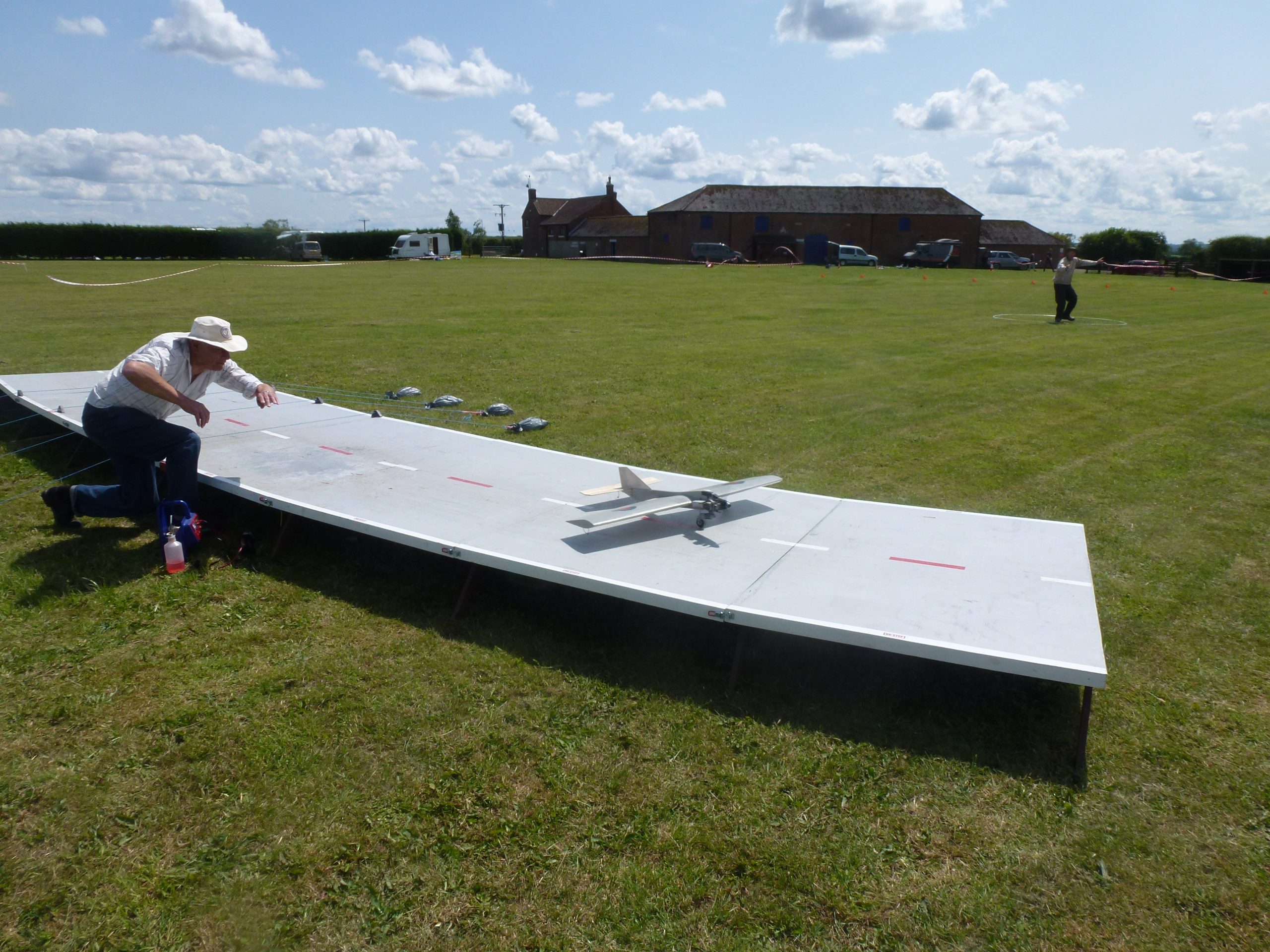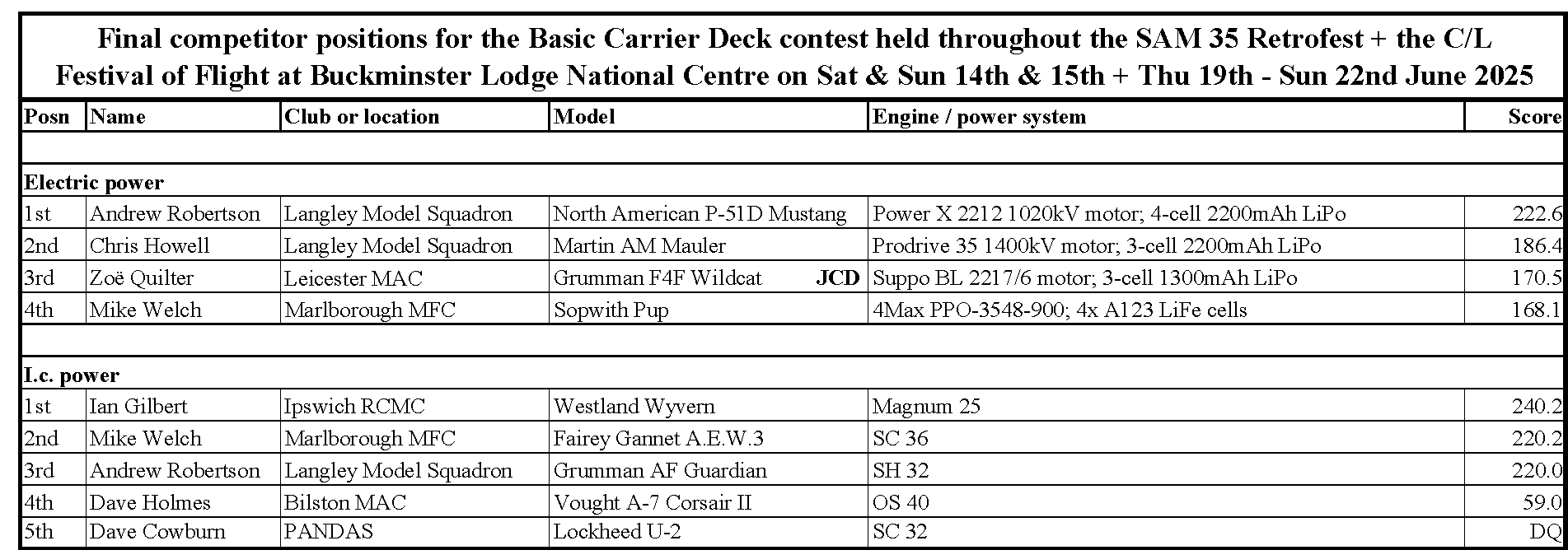
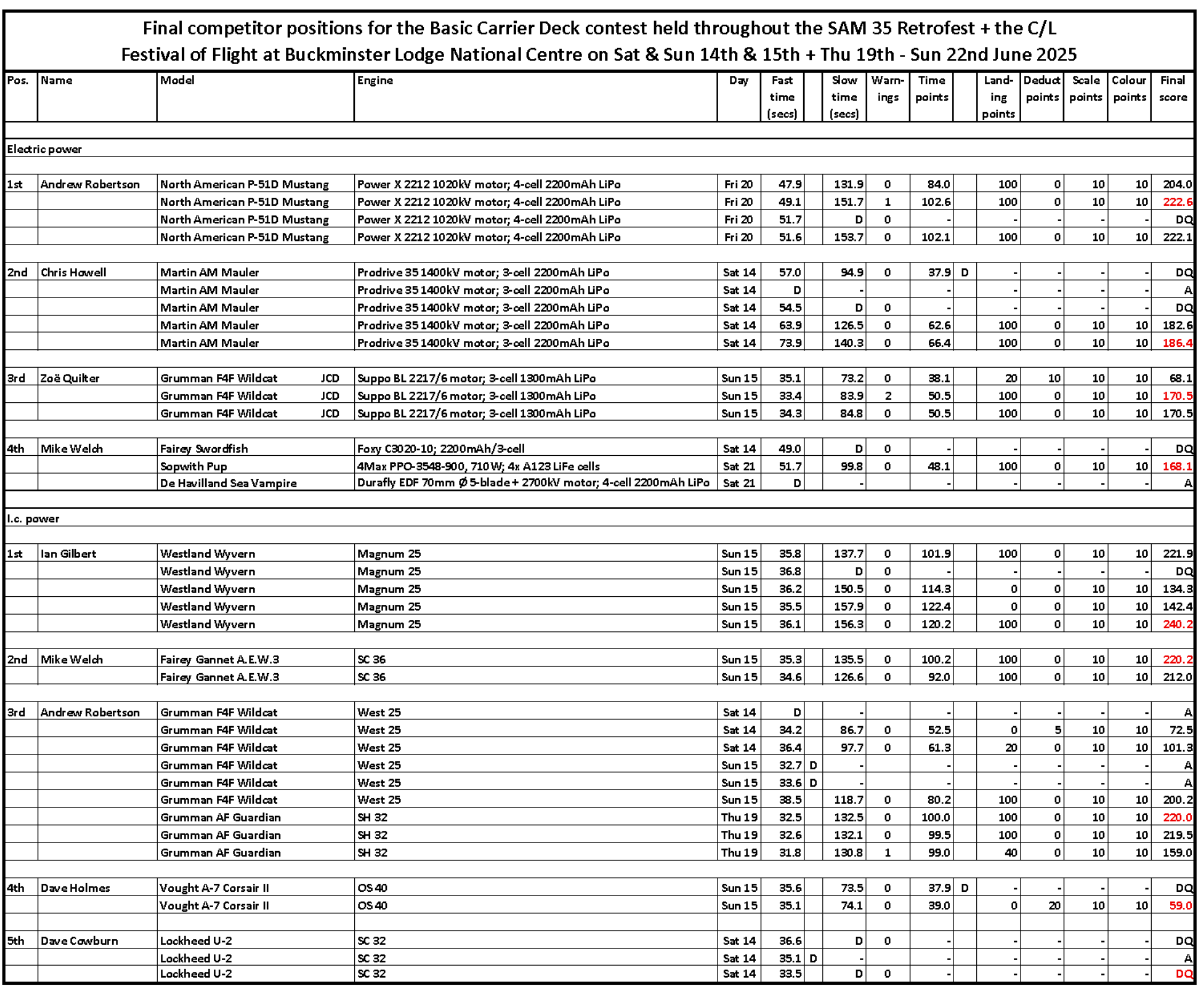
Photo Album!
Mike Welch was beset by a string of battery problems in other models as well as the first weekend’s wind, and he had his best BCD-e score of 168.1 points and 4th place with his converted ex-RC ex-i.c. Sopwith Pup here, powered by – unusually – a 4-pack of Lithium-Ion ‘123’ cells. These batteries being fortunately compact enough to fit entirely under the cowling meant that the Pup’s CG ended up where the original design intended it to be and the model, unflown until this contest, proved to handle very satisfactorily indeed in its new role!
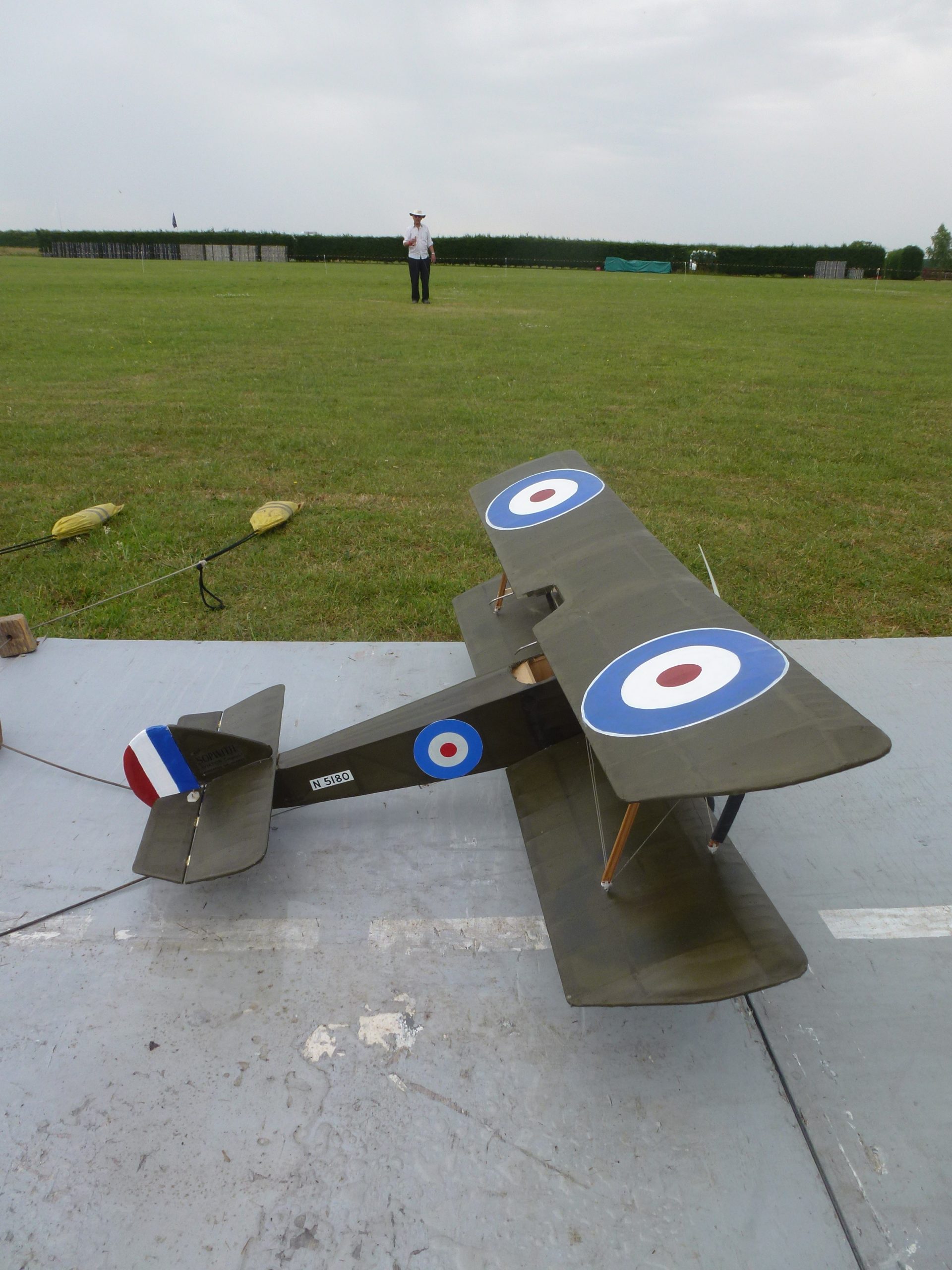
The BMFA Control Line Technical Committee’s “Festival of Flight” on Thursday & Friday June 19th & 20th, organised for training all comers in the various CL disciplines, was the reason behind the decision to have a combined two-weekend contest for Carrier so that this fixture could be included between the weekends. First to sample the delights of deck hookery was an enthusiastic group from the Air Accident Investigation Board, personally invited to the Festival by BMFA CEO David Phipps. Whilst the AAIB, Chief Instructor Mike Welch and his three (‘semi-indestructible’) Disc trainers spent an entire morning together, the price of this by lunchtime was one disc with a wrecked engine and the two other discs temporarily out of commission with less major damage! Not an inappropriately named group, it seems…
Other trainees fortunately produced less model trauma, and above can be seen a more representative example! Experienced CL flyer David Brown was passing Buckminster en route to a holiday: knowing about the Festival and having already sampled some of our Nationals’ Carrier training from the pre-pandemic Barkston Heath days, he popped in specifically for a further taster. Not only was Mike Welch eventually confident enough to hand over control to David, the latter finished his flight with a perfectly serviceable arrested landing – AND the disc remained undamaged! Might we perhaps see David with his own model sometime in the future?
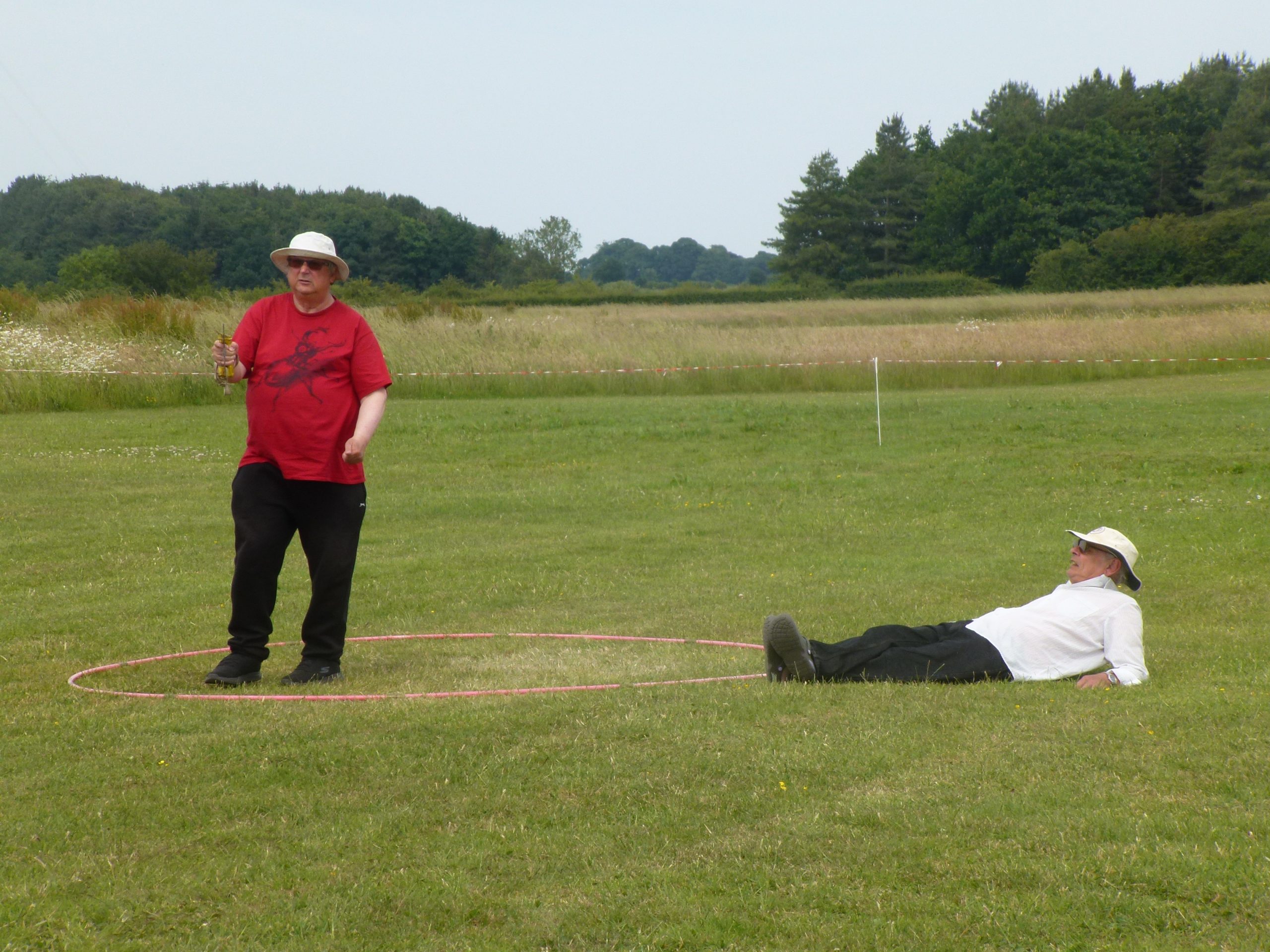
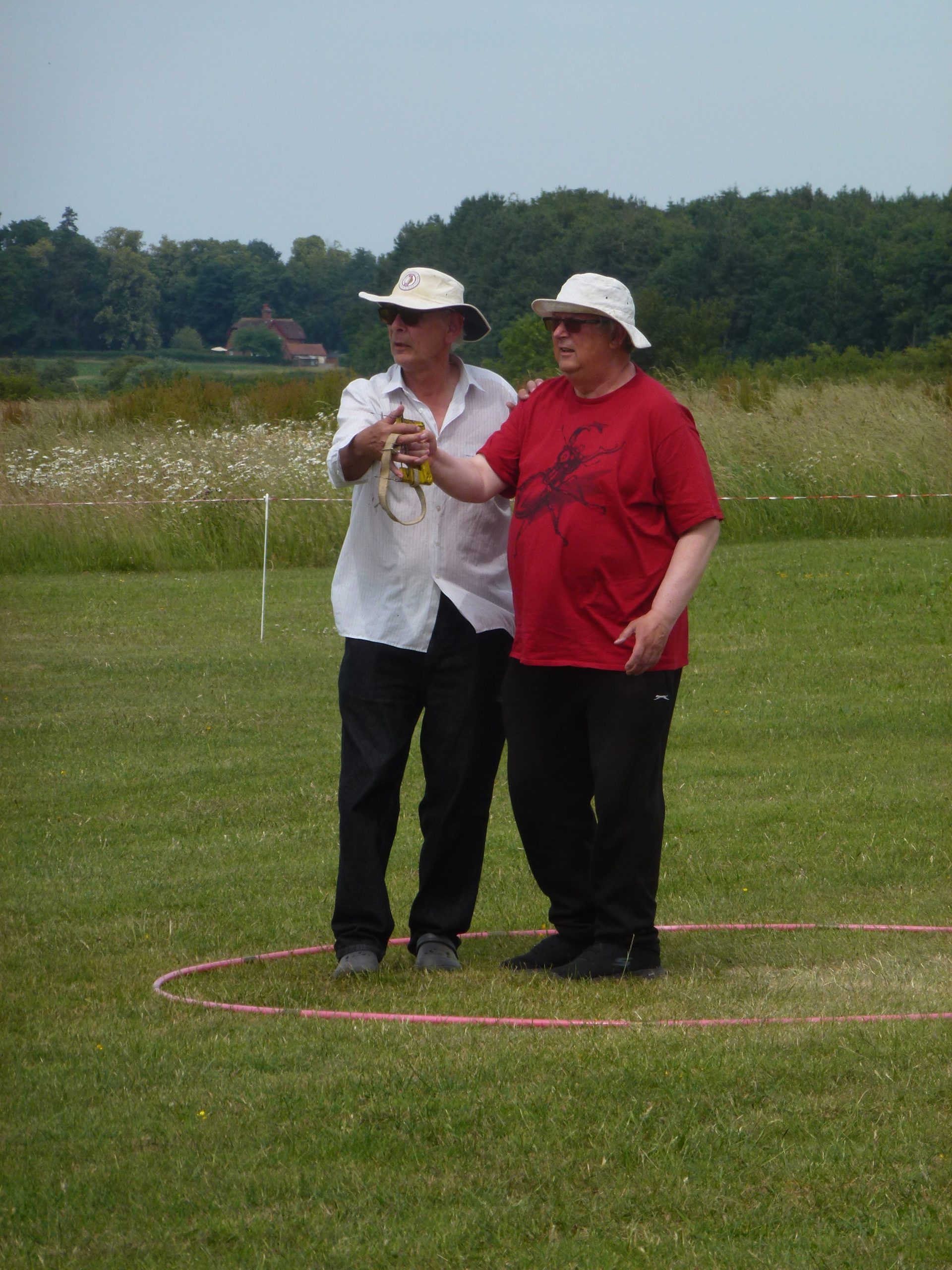
Practice makes perfect! With his electric flight scores having improved at each successive past contest, Andrew Robertson brings his electric North American P-51D Mustang down along the deck centreline for a textbook trap on the No.2 wire. Although he didn’t know it at that exact moment, the slow run was also his best yet – so his flight culminated both in his highest score so far, 222.6 points, together with first place in BCD-e!
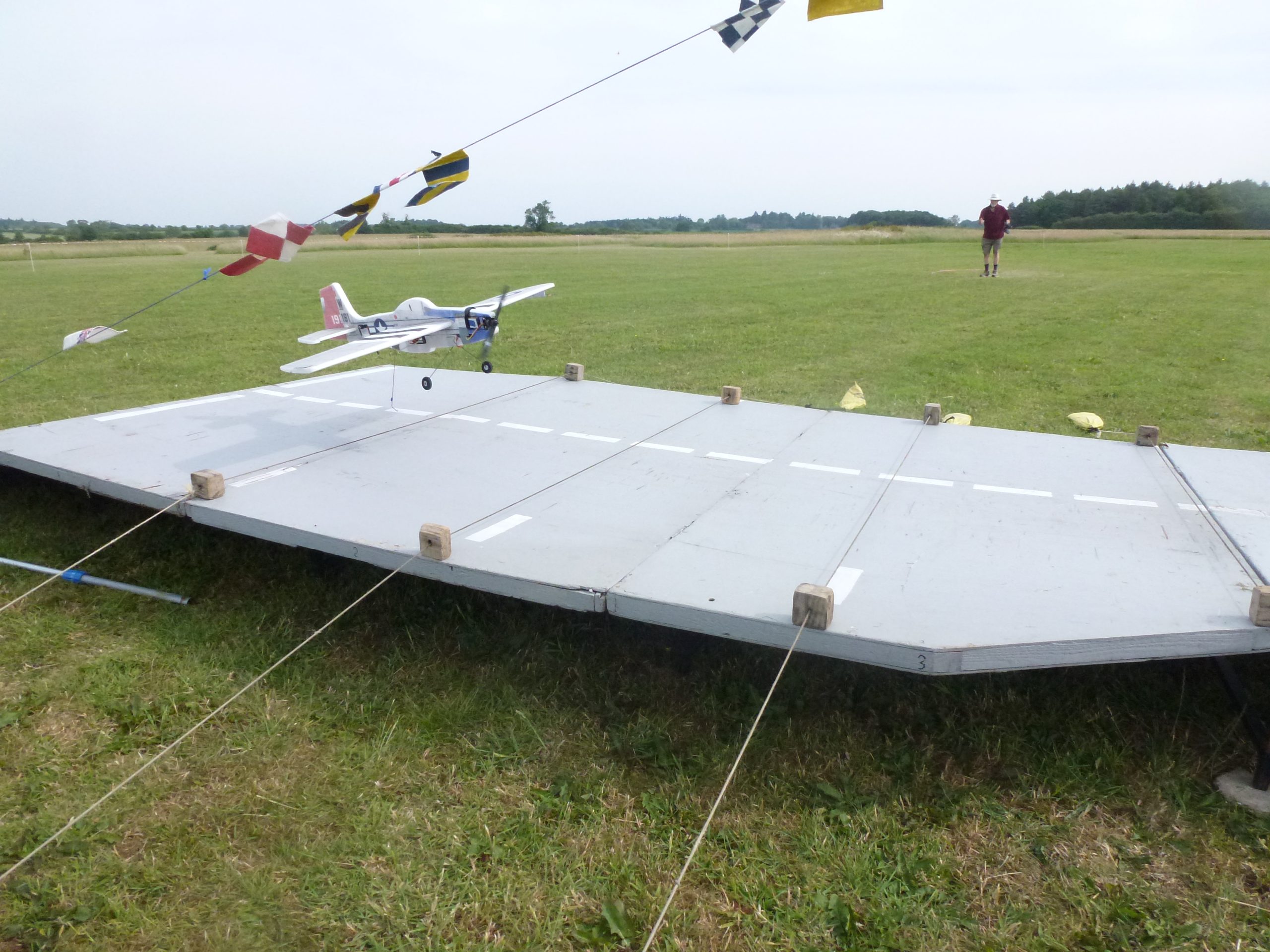
Very close on Mike Welch’s heels, though, was determined Andrew Robertson, here with his SH 32-powered Grumman AF Guardian. Andrew has been putting in a considerable amount of off-site practice with his i.c. as well as his electric models and this clearly showed, with all the slow runs of the Guardian being very good indeed and within two seconds of each other! However, it was the first flight which was his best at 220.0 points, a mere 0.2 points behind Mike and therefore – but only by a whisker – putting Andrew in BCD-i.c. third place.
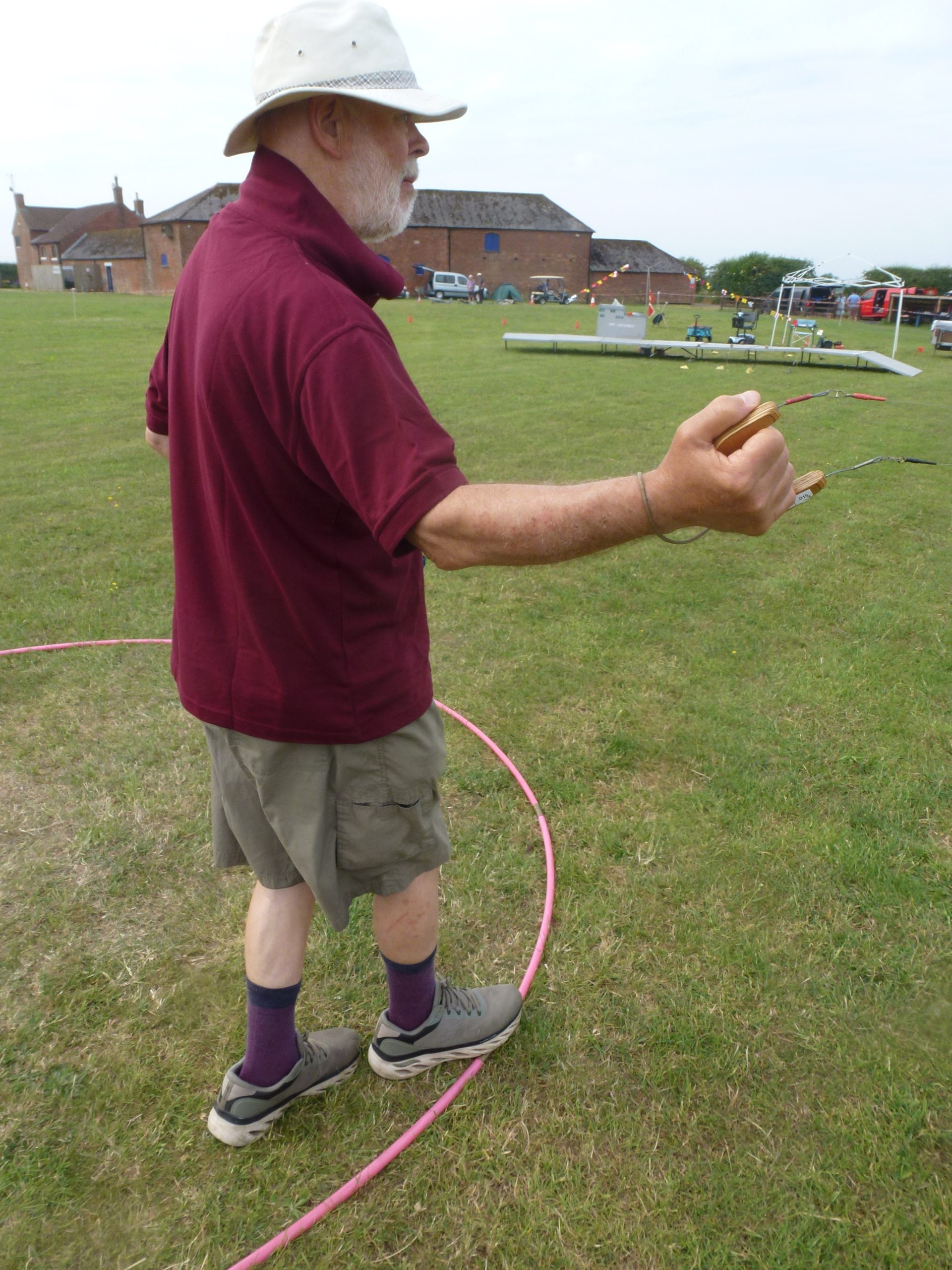
Conversely, Mike Welch was able to make his mark with the very first flight of his SC 36-powered Fairey Gannet A.E.W.3 which couldn’t wait to get airborne! Although Mike’s Gannet is marginally less competitive than Ian Gilbert’s Wyvern, Mike found to his surprise that he could kite the model into the first weekend’s Sunday breeze rather better than he expected, ending up in BCD-i.c second place with a score of 220.2 points

Holmes’ OS 40-powered Vought A-7 Corsair II is a stalwart 1980s design from Carrier maestro Norman Ashford, but the rather unpleasant wind conditions of the contest’s first weekend meant that Discretion was often the better part of Valour! Dave’s Corsair is shot here executing one of a number of aborted landing approaches which eventually resulted in a landing-less best score of 59.0 points and BCD-i.c. 4th place.
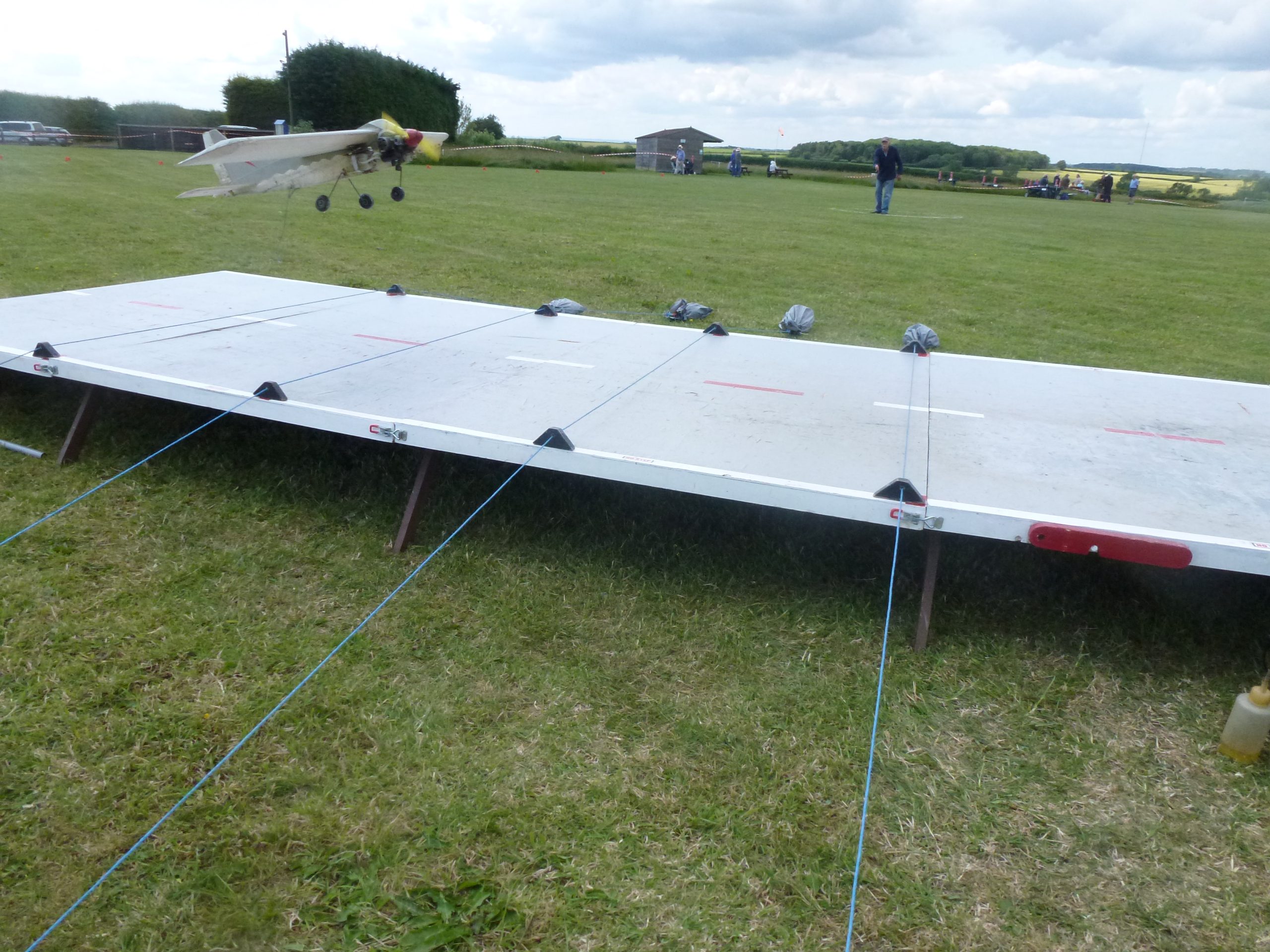
Like Zoë Quilter, Ian Gilbert was also only able to attend on the first weekend of this two-weekend contest, and is seen here flying on the Sunday when the wind was only marginally less severe than on the Saturday and the appearance of the sky remained quite unpleasant throughout the day. As this was Ian’s first contest since last year’s National Championships, he spent a little time brushing the cobwebs away with his Magnum 25-powered Westland Wyvern, but his skill finally reasserted itself – despite the wind – as seen here during his last flight slow run which resulted in an excellent time, 240.2 points overall and first place in BCD-i.c.
The rather savage wind of the contest’s first weekend is perhaps suggested by the dark clouds above the Carrier Line Park on the Sunday. Although the weather didn’t stop the swapmeet that traditionally accompanies the SAM Retrofest of that weekend, attendance was measurably less and many of the SAM model flying classes either started late or didn’t run at all. At least it didn’t rain. Much, anyway…
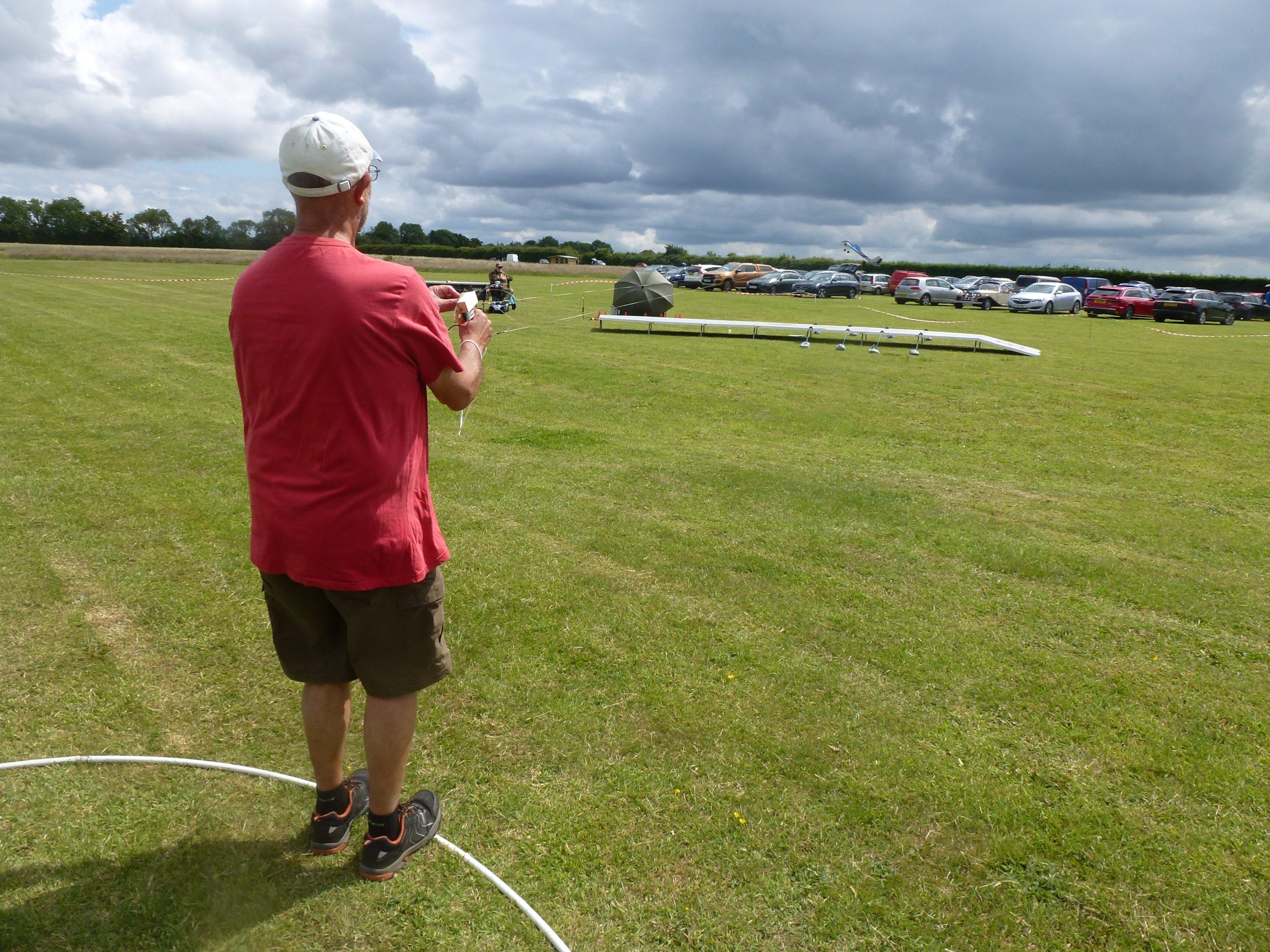

Here’s the operating end of Zoë Quilter’s Carrier-modified RC car system, as applied to her electric Junior Carrier Deck Grumman F4F Wildcat. The weight penalty is negligible, even for a small model such as this one. The receiver is mounted on the inboard trailing edge of the wing to get the model’s CG in the desired position and as the power system is electric, controls the motor directly through a normal Electronic Speed Controller.
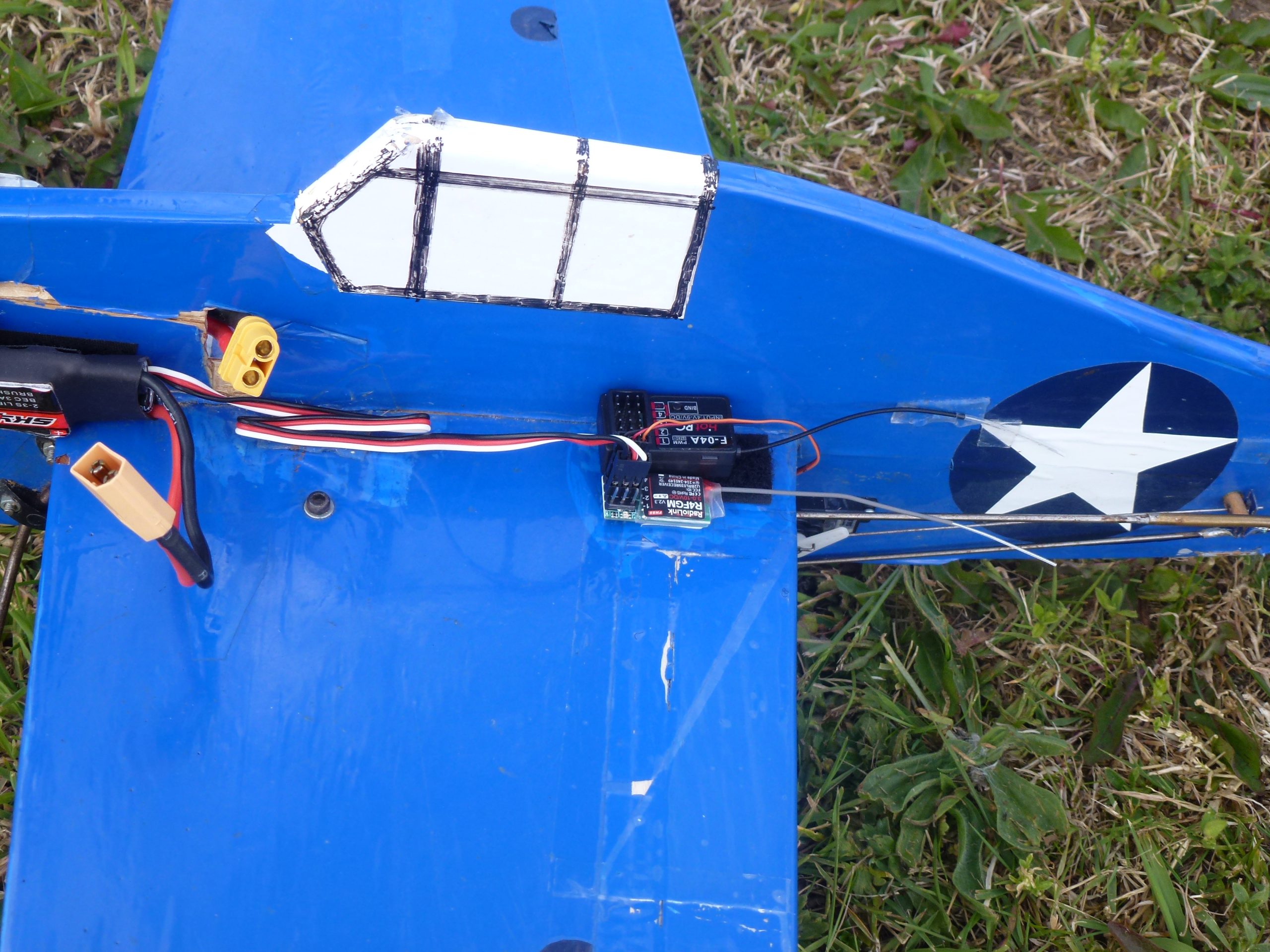
pilot’s view of Zoë Quilter’s control handle, an RC car Tx modified for Carrier use. What’s more, it’s an eight channel thingy. Crikey! The screen at the top shows all the normal Tx information; the various small side knobs and the large ‘wheel’ on the screen’s left hand side are all digitally programmable in any configuration wanted. At the moment, Zoe uses only one small button on the stem of the wheel to deploy the hook. Clearly, the potential for all manner of additional controls for both Carrier and Scale is very considerable indeed…
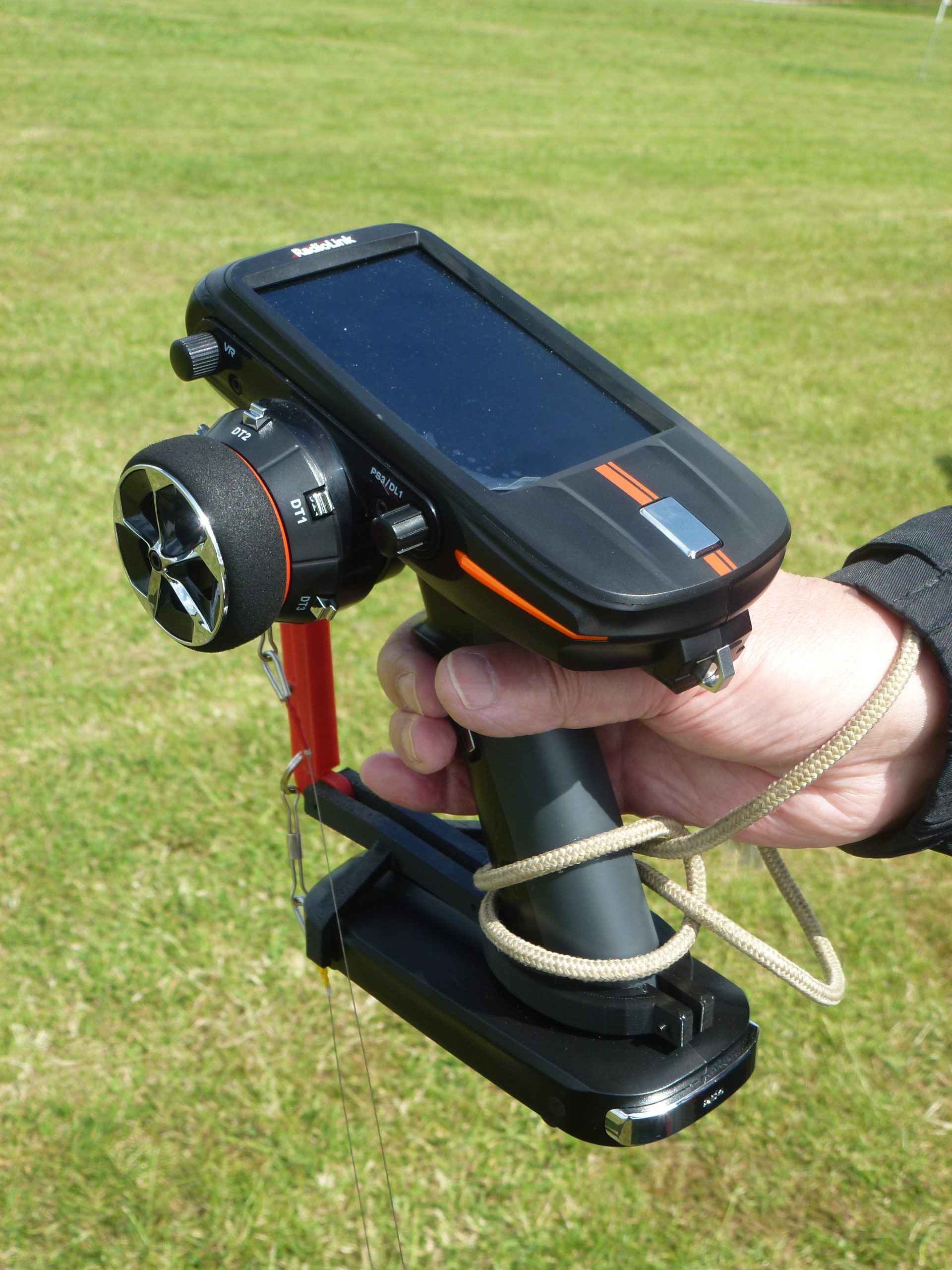
Another Carrier control handle from that doyen of experimentalists, Zoë Quilter! Yes, it’s recognisable as a 2.4GHz RC car transmitter, but Zoë has added the red and black 3D-printed frontal structure (bolted at the top, clamped at the bottom) to which the control lines are attached. The red finger trigger is the Tx’s normal throttle control and is NOT a 3D addition – Zoe uses it for engine throttle in the conventional way.
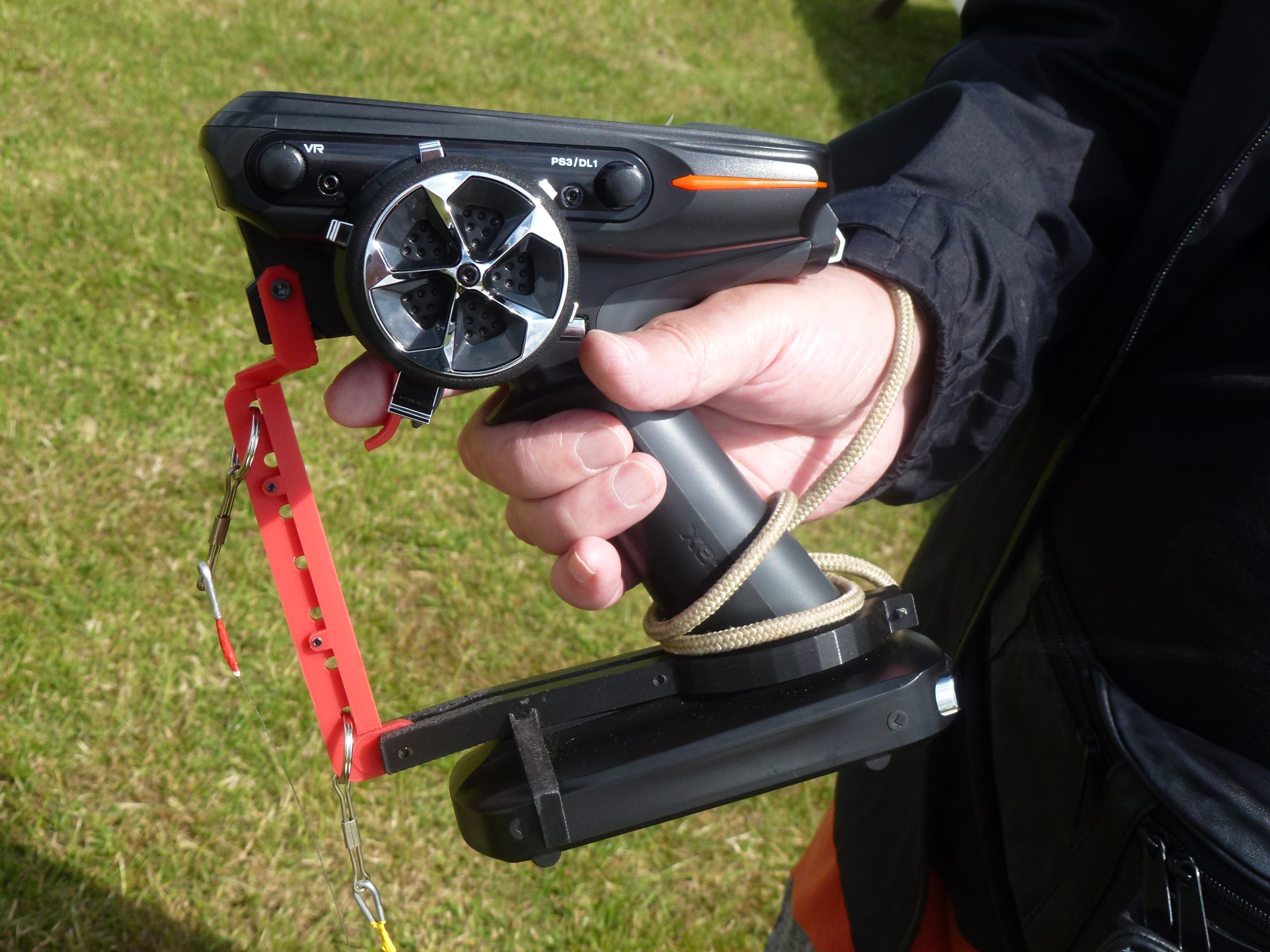
As this photo of Zoë Quilter and a windswept Buckminster shows, the weather conditions of the first weekend pretty much dictated Zoë’s use of her electric Junior Carrier Deck Grumman F4F Wildcat. This model, with its short lines and good handling, would give her the lowest risk of wind-induced disaster! In fact, the Wildcat’s performance often exceeds that of many larger and bigger-engined models and, here, it survived the wind to record a very respectable score of 170.5 points and 3rd place in BCD-e.
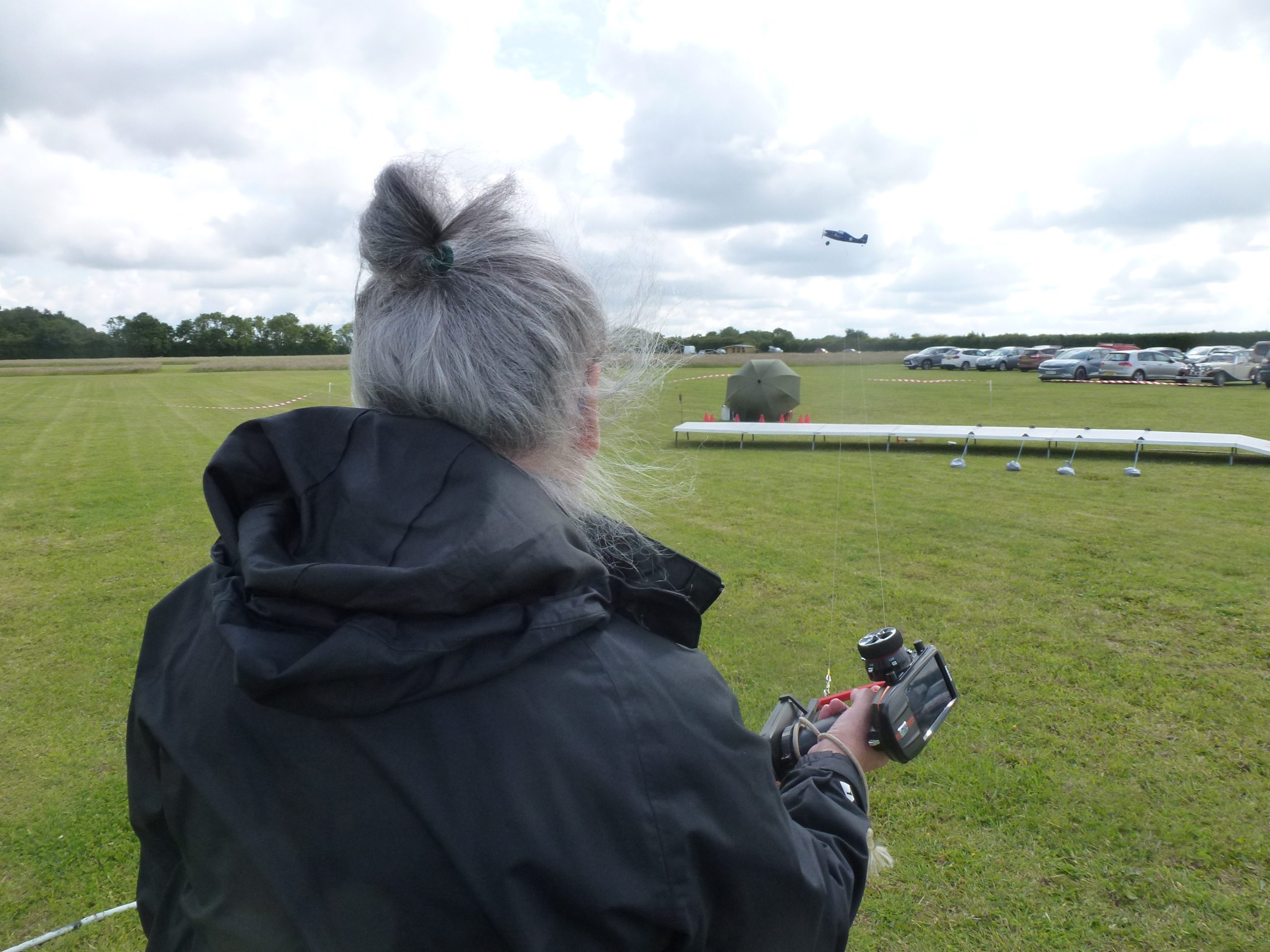
With this contest unusually spread over two consecutive weekends and the weather being consequently rather more of a lottery than usual, Chris Howell and his electric Martin AM Mauler are caught here battling the stiff breeze which persisted throughout the first weekend, the Saturday of which being the only day he was able to attend. His scores fortunately improved throughout the day as he got to grips with the conditions, the Mauler continued to show it’s extraordinary upwind ‘weathercocking’ characteristic that enables it to fly in winds which most other models can’t, and his last flight of the day produced his best result of 186.4 points to get him second place in BCD-e.
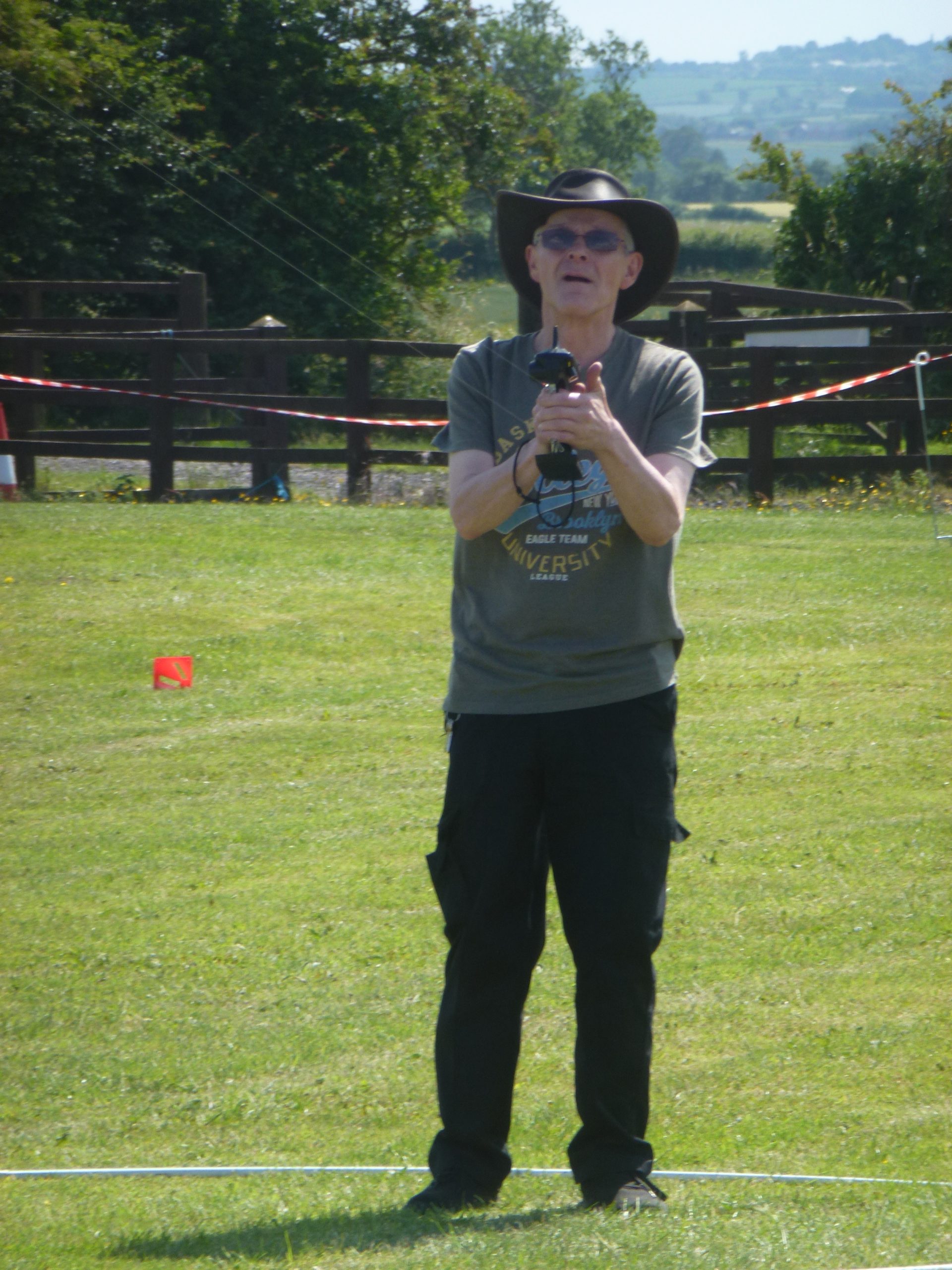
Dave Cowburn’s SC 32-powered Lockheed U-2, normally guaranteed to produce a very workmanlike performance under Dave’s very capable hands – and certainly looking ready deliver the goods after its take-off here – instead ditched at various stages on all flights undertaken. This was due to a combination of the very unpleasant wind conditions of the contest’s first Saturday (unfortunately the only day he was able to fly) plus some intractable throttle problems as well. Sadly, as a result, Dave had to be content with 5th place in BCD-i.c.
